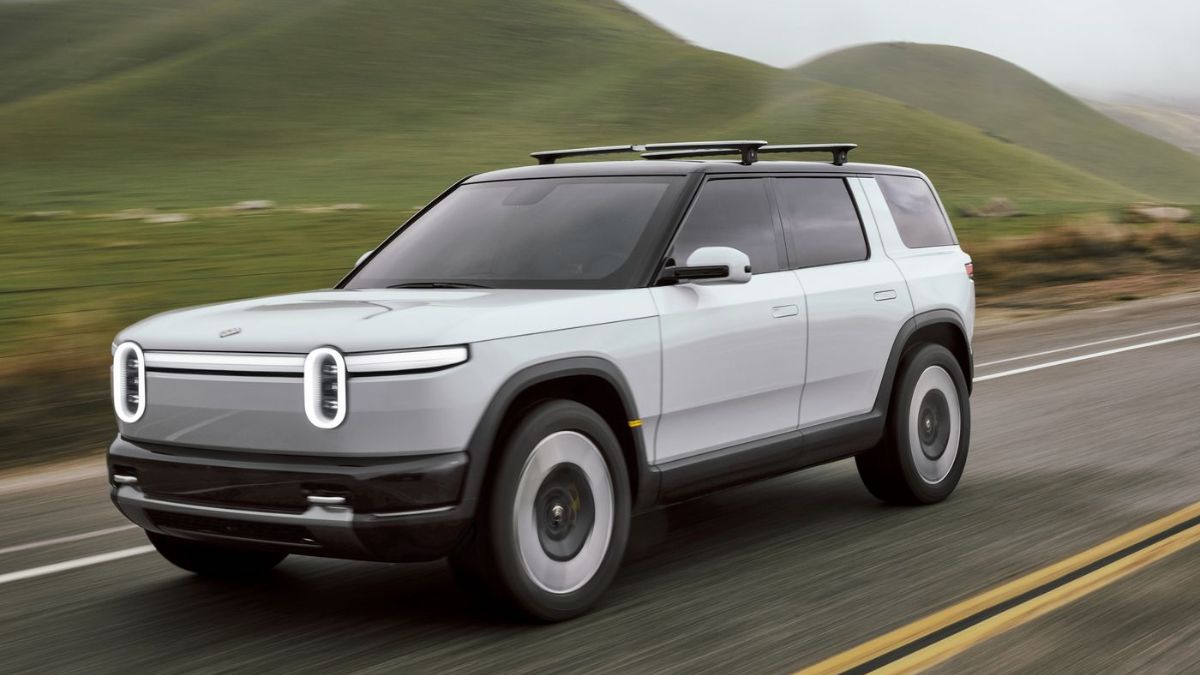
Advertisement
When Rivian hit the public markets in 2021 through a special purpose acquisition company (SPAC) merger, the EV industry was thriving. Companies like Tesla were leading the charge, with investors pouring money into EV stocks, hoping to capitalize on the future of transportation. Rivian’s market cap soared past $100 billion, even surpassing established giants like General Motors and Ford.
However, the excitement didn’t last. As the market matured, the challenges of EV adoption became clearer. Consumers began to hesitate over issues like range anxiety, limited public charging infrastructure, and high repair costs. Additionally, rising interest rates have made it more difficult for people to finance big-ticket purchases like vehicles. For Rivian, whose R1T pickup truck starts at $71,700, this affordability issue is significant.
Mixed Signals from Recent Earnings
Rivian’s recent second-quarter earnings report provided a mixed picture. Revenue grew by a modest 3.3% year over year to $1.16 billion, slightly beating Wall Street’s low expectations. The company’s adjusted loss per share also came in better than anticipated, at $1.13 compared to a forecasted $1.21.
Despite these small wins, Rivian faces a bigger issue: escalating losses. The company’s gross loss expanded by 9.4% year over year to $451 million, even before accounting for operating expenses like research and salaries, which drove total losses to a staggering $1.38 billion for the quarter.
The Road Ahead
Rivian’s CEO, RJ Scaringe, has promised to achieve profitability on a gross margin basis by the fourth quarter of 2024. But with losses continuing to grow, doubts are rising about whether this goal is achievable. If Rivian fails to deliver on this promise, it could seriously damage the credibility of its leadership and raise questions about the company’s future.
Looking ahead, Rivian’s operational losses could become a major threat to its survival. With only $5.8 billion in cash, the company may need to seek additional funding, potentially through equity dilution, which could hurt current shareholders.
For investors hunting for value, Rivian’s stock might seem like an attractive buy, especially given its price-to-sales ratio of 2.6, which is much lower than Tesla’s 8.2. However, the risks are significant. Potential investors might want to wait for more data over the coming quarters before making a decision. Rivian could be a great long-term play if it can overcome its current challenges, but it’s a risky bet that requires careful consideration.
